India: Lions and Tigers and Bears … & Birds!
This Trip is GUARANTEED.
We first ran this aptly named program three years ago, and it lived up to its billing—we saw lions and tigers and bears—and lots of birds. (click here for the complete list.) We start in Sasan Gir National Park, the only place in Asia where lions still exist. But Gir is also home to India’s other big cats, such as leopards and lesser cats such as jungle cat and rusty spotted cat. All of these cats will be among our mammal targets on our morning and evening safari drives in Gir. And let’s not forget the birds—250 species of birds can be found here. Our major targets include White-rumped and King Vulture, Rock and Jungle Bushquail, Black and Painted Francolin, and a suite of larks, including Sykes’s, Short-toed, Rufous-tailed, and Singling Bush Lark.
Next up is Velavadar Blackbuck National Park, a sanctuary famous for its large variety of antelope species, in particular the Blackbuck, which is characterized by elegant spiraling horns that can be two-feet long in mature males. Other target mammals include Jackal, Hyena, and Indian Wolf. Birding is good here, too—over 265 species have been recorded here; it’s particularly good for raptors; our targets include three kinds of falcon (Red-necked, Laggar Falcon, and Saker), two kinds of harrier (Hen and Pallid), and Greater Spotted Eagle. Other specialty birds include two kinds of crane (Common and Demoiselle) and the rare Lesser Florican.
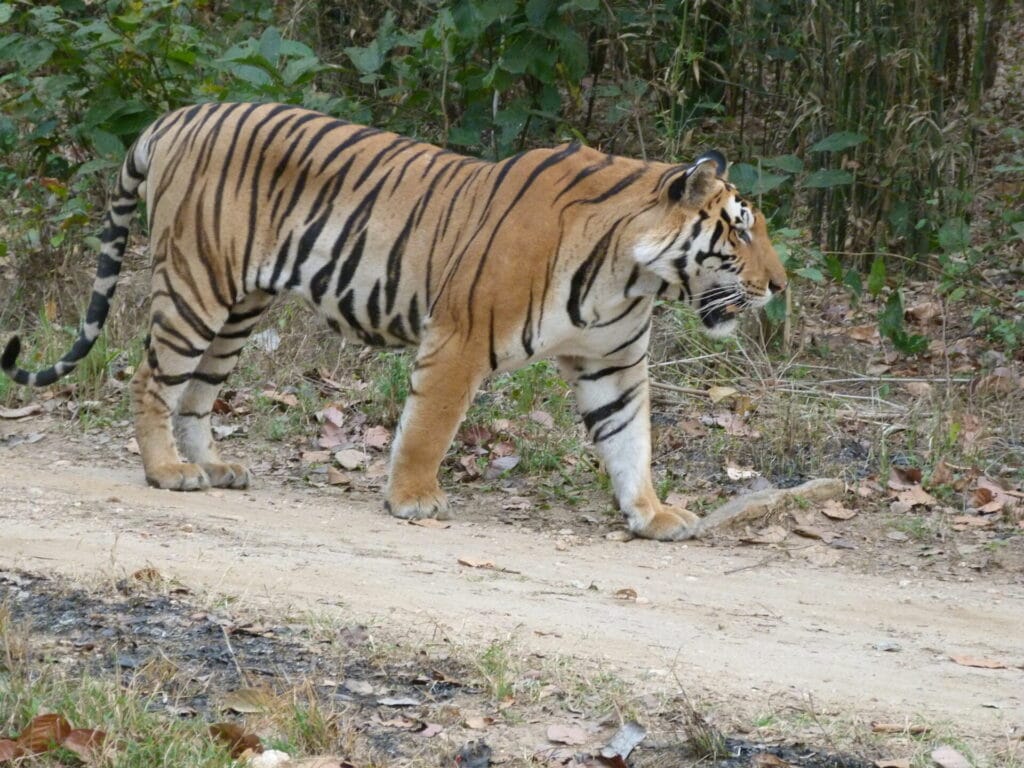 Tiger/Rajveer Singh
Tiger/Rajveer Singh
Once the former hunting grounds of the Maharajas of Jaipur, our next national park, Ranthambore, is one of the biggest and most renowned national parks in India. It’s the best place in the world to see tigers in the wild and, if we’re lucky, we might see sloth bears here, too. (On our 2023 trip, we saw tigers on three drives and sloth bears twice.) eBird reports 330 bird species at Ranthambore.
Our last national park is Keoladeo. Because of its varied ecosystems, India is home to 1300 bird species, including over 60 endemics. It’s a birder’s paradise, particularly in its sanctuaries where critical habitat has been preserved. The jewel of these sanctuaries is Keoladeo National Park. Almost a third of India’s bird species can be found here. Declared a protected sanctuary in 1971, UNESCO designated the park a World Heritage Site in 1985. Because much of the park is wetlands our targets here include Bar-headed Goose, Greylag Goose, Knob-Billed Duck, Common Shelduck, Ruddy Shelduck, Cotton Pigmy Goose, Gargany Teal, Falcated Duck, Common Teal, Ferruginous Pochard, Red-Crested Pochard, Greater Flamingo, Yellow Bittern, Black Bittern, Striated Heron, Painted Stork, Asian Openbill, Black-Necked Stork, and Saras Crane.

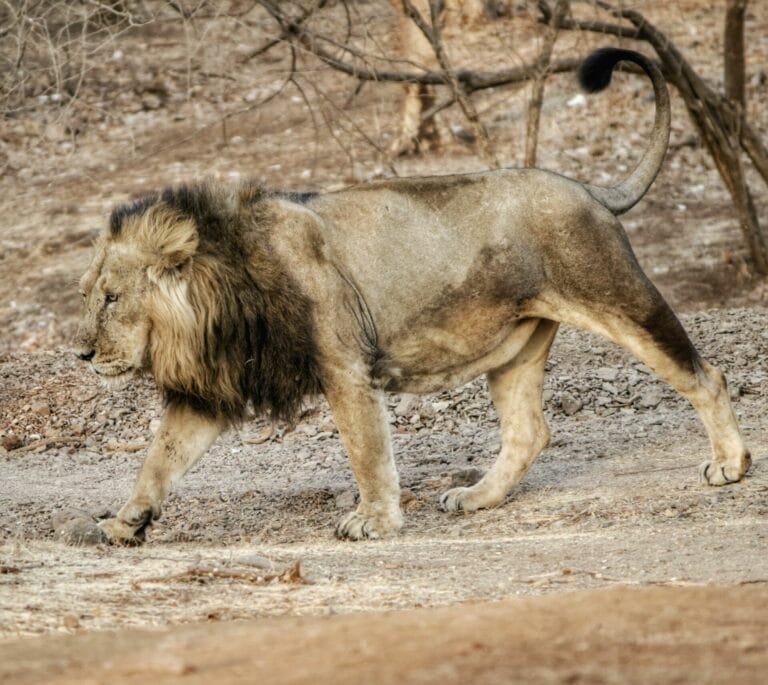
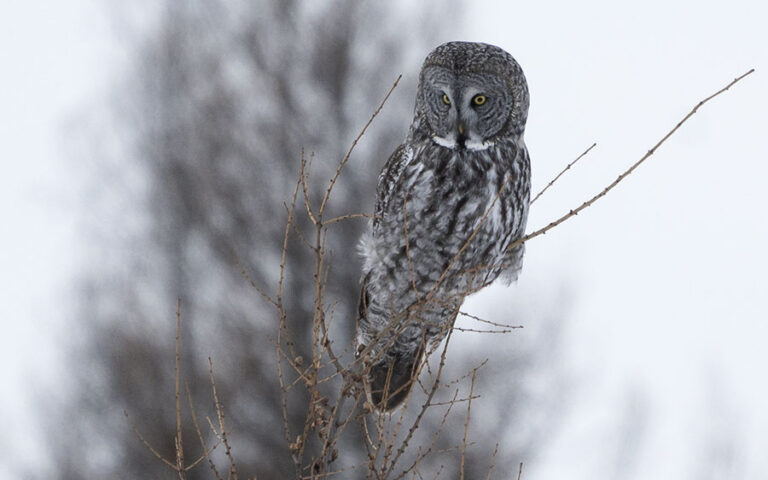
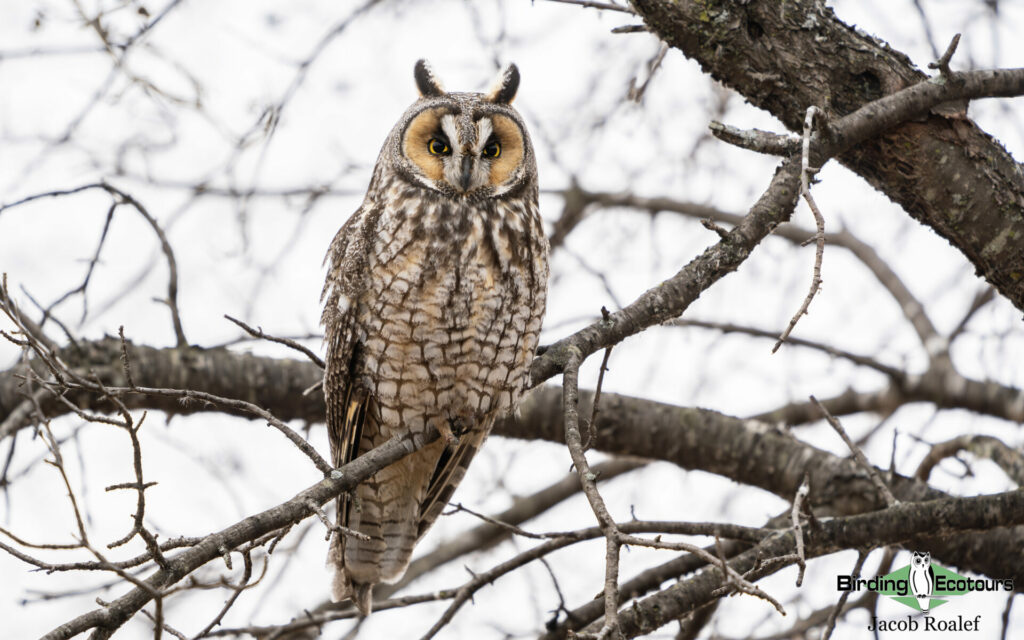
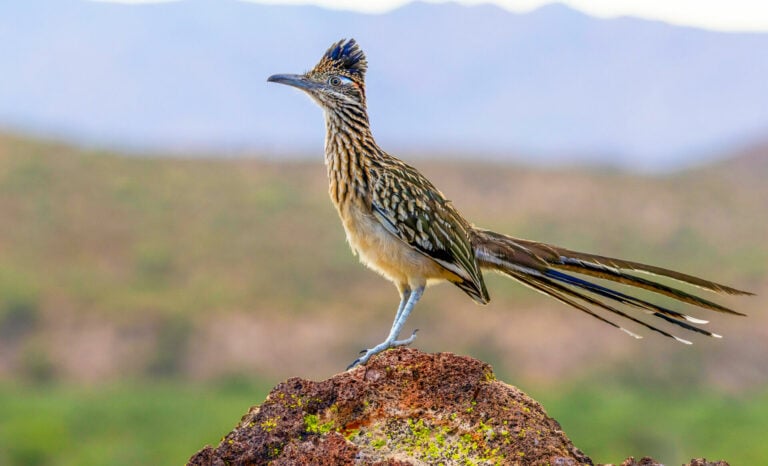
 Joshua Tree National Park / Ivan Phillipsen
Joshua Tree National Park / Ivan Phillipsen California Fan Palms in the Indian Canyons / Ivan Phillipsen
California Fan Palms in the Indian Canyons / Ivan Phillipsen Canyon Wren / Ivan Phillipsen
Canyon Wren / Ivan Phillipsen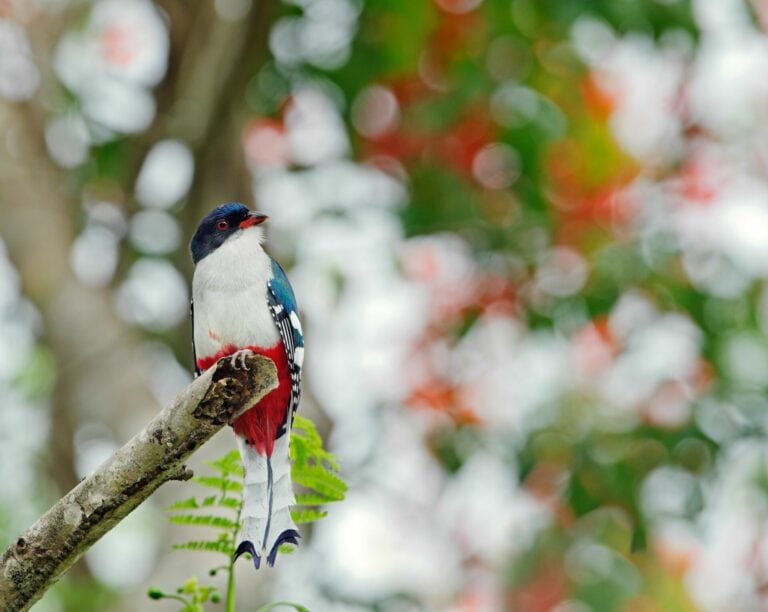
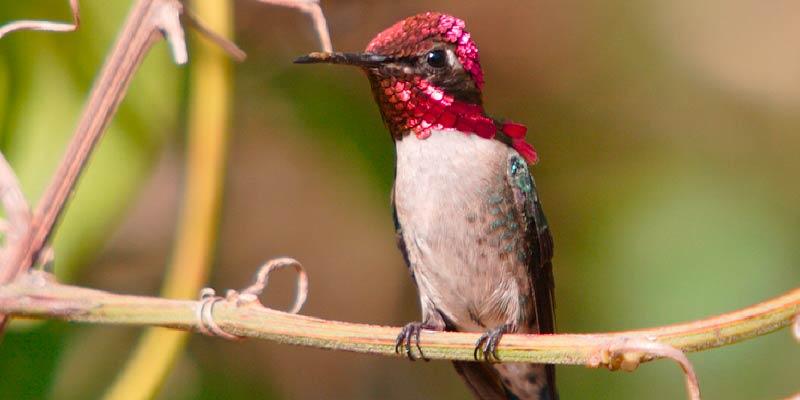 Bee Hummingbird / Ernesto Reyes
Bee Hummingbird / Ernesto Reyes


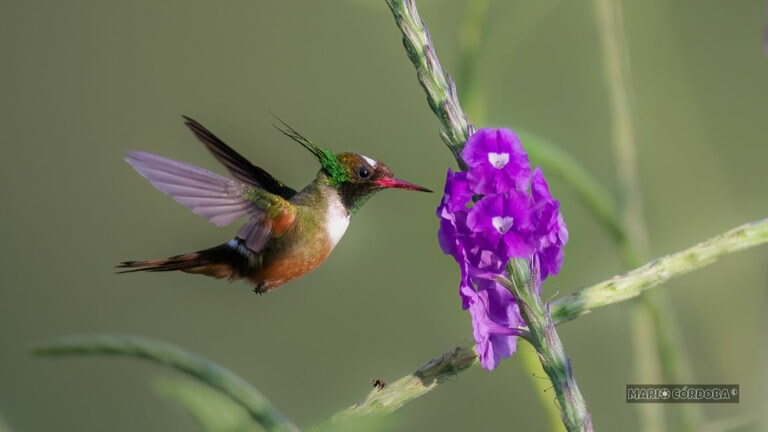
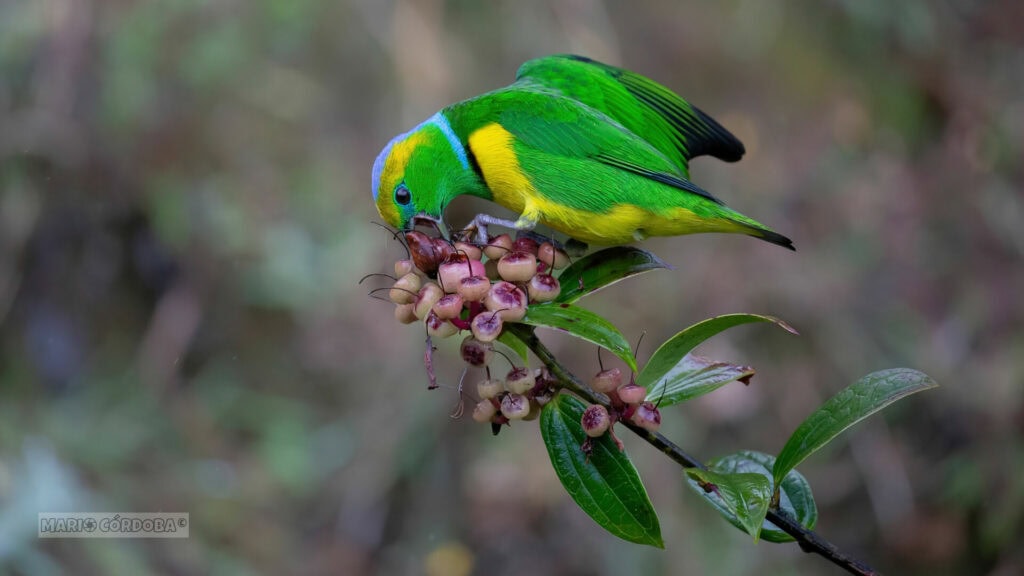 Golden-browed Chlorophonia by Mario Cordoba
Golden-browed Chlorophonia by Mario Cordoba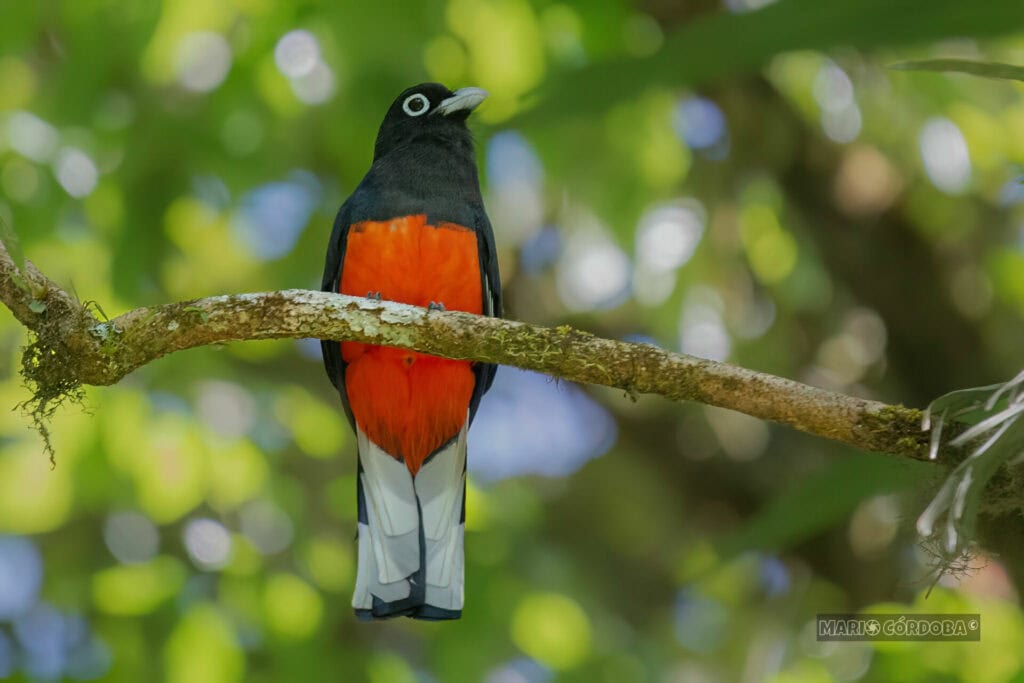 Baird’s Trogon by Mario Cordoba
Baird’s Trogon by Mario Cordoba